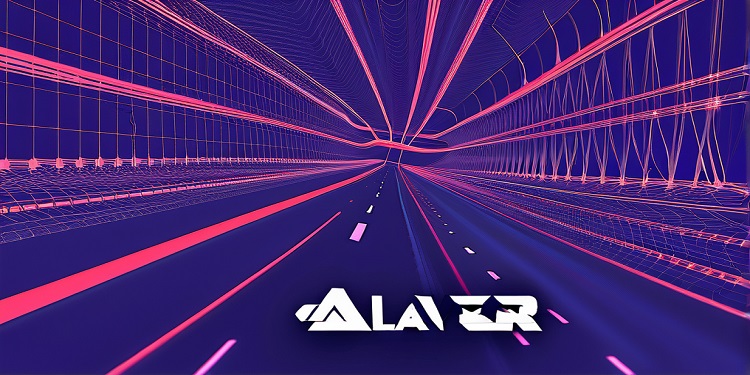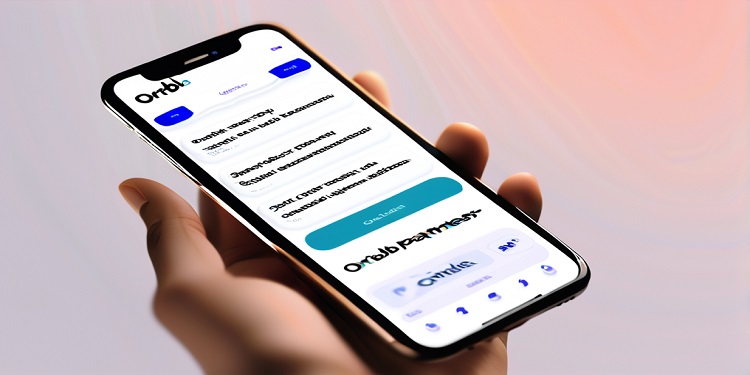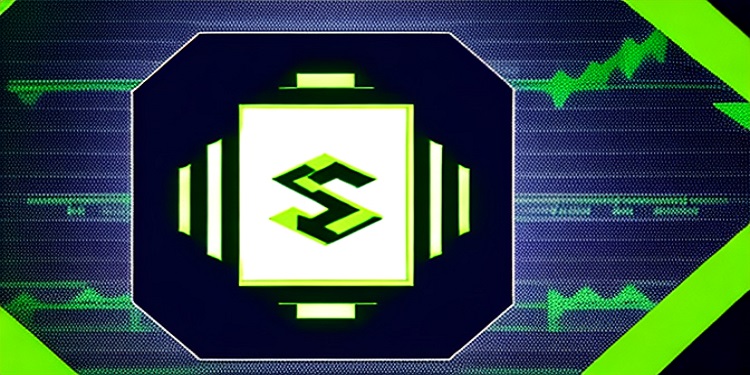WiMi Hologram Cloud Inc. (NASDAQ: WIMI), a leading global provider of Hologram Augmented Reality (AR) technology, has announced the introduction of a blockchain-based trusted collaborative learning (TrusCL) framework tailored for the Internet of Things (IoT). This innovative solution aims to address the privacy-preserving and computational demands of collaborative learning within AIoT environments. The TrusCL framework integrates Homomorphic Encryption (HE) and Differential Privacy (DP) techniques, which are pivotal in enhancing data protection and privacy.
Homomorphic encryption enables computations to be performed directly on encrypted data, eliminating the need for decryption. This allows data to remain in an encrypted state throughout the processing phase, thereby preventing data leakage at the source. This feature supports data privacy protection by allowing data owners to engage in the model training process while ensuring their data remains private. Conversely, the differential privacy technique strengthens privacy by adding random noise to the dataset, making it impossible for external queries to accurately infer information about any individual. By combining these two techniques, the TrusCL framework achieves a balance between privacy protection and model learning efficiency, ensuring high-quality model training while maintaining data privacy for participants.
Enhancing Security with Blockchain Technology
To further bolster security, WiMi has incorporated blockchain technology into the TrusCL framework. All critical activities associated with collaborative learning, including model updates, data contribution proofs, and computation processes, are recorded on the blockchain in a tamper-proof manner. This transparency and traceability effectively deter dishonest behavior, ensuring that any attempts to manipulate data or computation results are promptly detected and blocked. Additionally, the blockchain’s smart contracts automatically enforce the terms of the agreement, ensuring that participants adhere to predefined rules, thereby promoting a fair, transparent, and trustworthy collaborative environment.
For those demanding models, the blockchain-based IoT secure and trustworthy collaborative learning framework offers a secure and efficient platform. This platform enables the use of sensitive data to securely train machine learning models without granting direct access to the data itself. The framework also supports the dynamic adjustment of participants’ contribution and reward mechanisms, incentivizing the contribution of high-quality data and computational resources. This dynamic adjustment further enhances the accuracy and generalization of model training.
A Path to Secure and Efficient AIoT Collaboration
WiMi’s blockchain-based secure and trustworthy collaborative learning framework for IoT paves the way for higher security and trustworthiness in collaborative learning within the AIoT era. Through the integration of cutting-edge technologies, the framework ensures that data sharing and intelligent analysis in AIoT are more secure and efficient. This development is set to lay a solid foundation for the continued evolution of Industry 4.0.
With the ongoing application and optimization of this framework, the future of AIoT looks promising. The combination of homomorphic encryption and differential privacy techniques, along with the security and transparency provided by blockchain technology, ensures that data privacy and model training efficiency are maintained. This balance is crucial for the development of robust AIoT systems that can handle the growing demand for intelligent, data-driven solutions.
In conclusion, WiMi Hologram Cloud Inc.’s introduction of the TrusCL framework marks a significant advancement in the field of AIoT. By leveraging the strengths of homomorphic encryption, differential privacy, and blockchain technology, WiMi has created a secure, transparent, and efficient collaborative learning environment. This framework not only protects data privacy but also enhances the overall quality of model training, making it a valuable tool for the future of AIoT and Industry 4.0.









